- Home
- TV History
- Network Studios History
- Cameras
- Archives
- Viewseum
- About / Comments
Skip to content
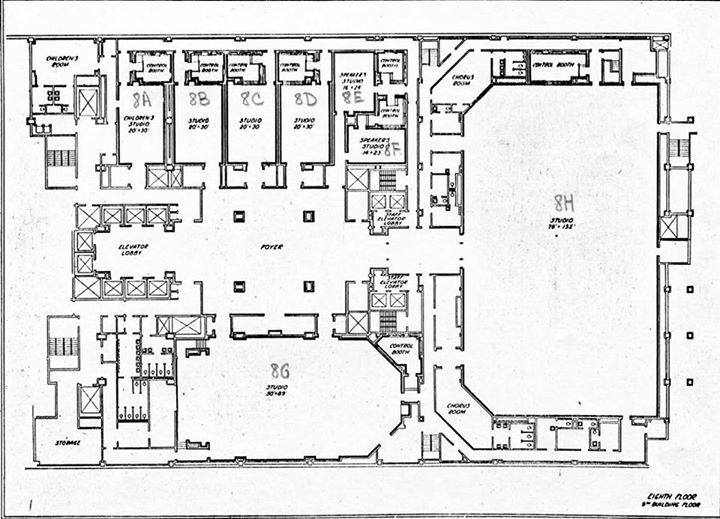



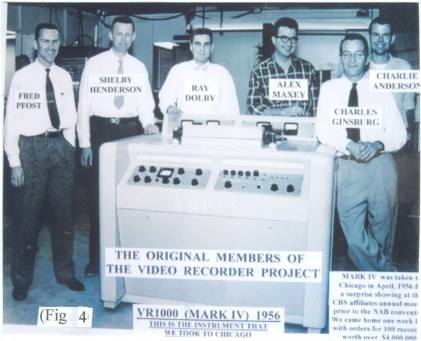



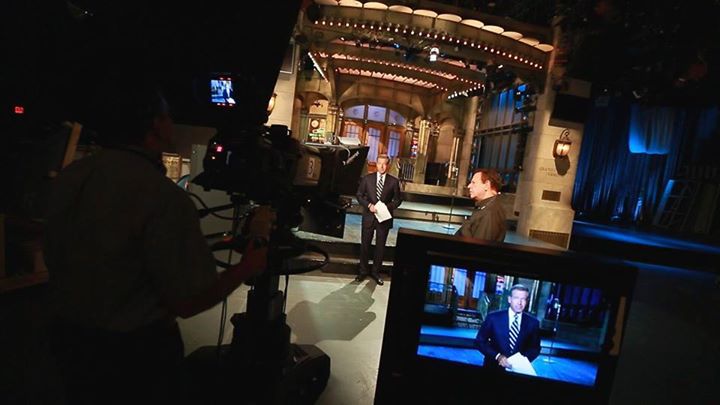

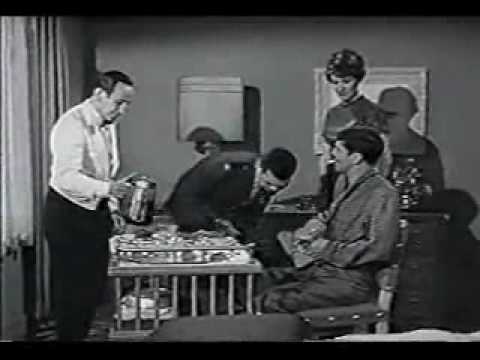

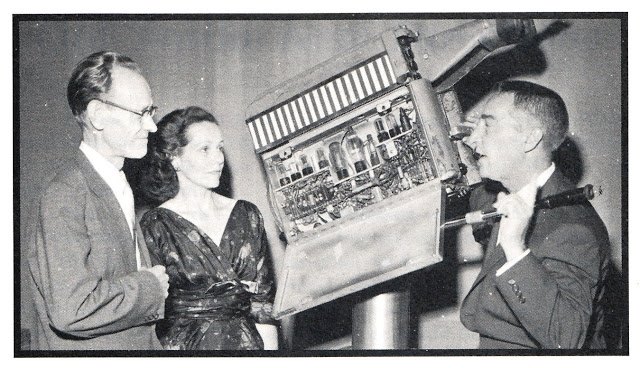

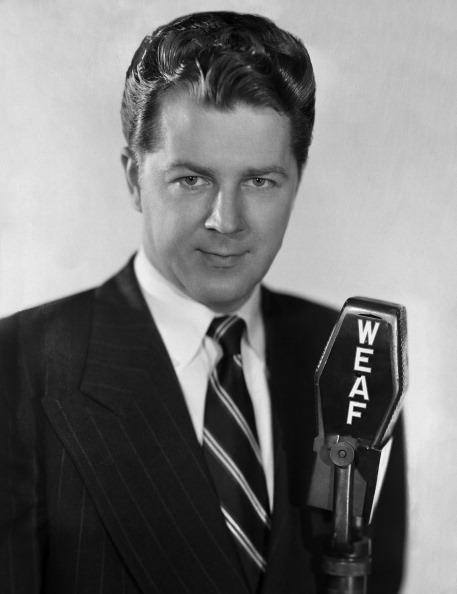





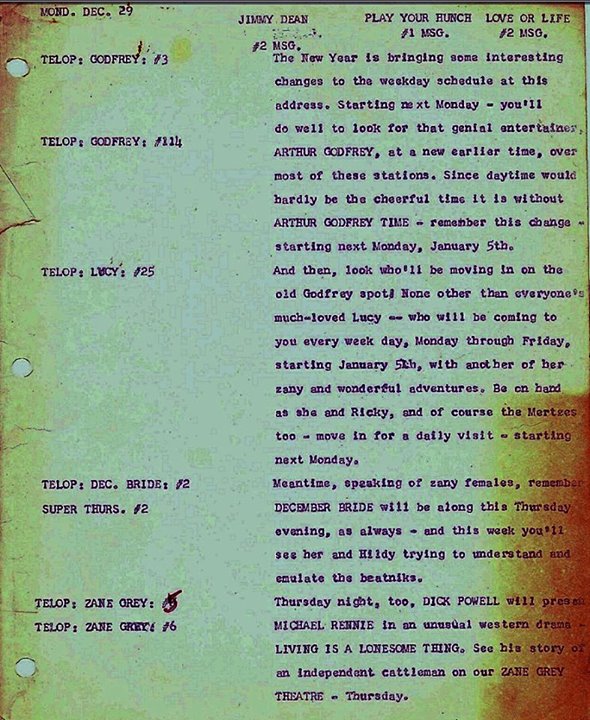

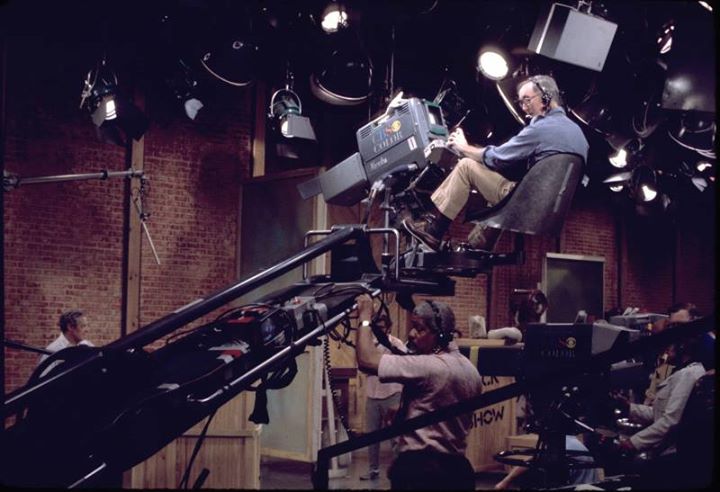

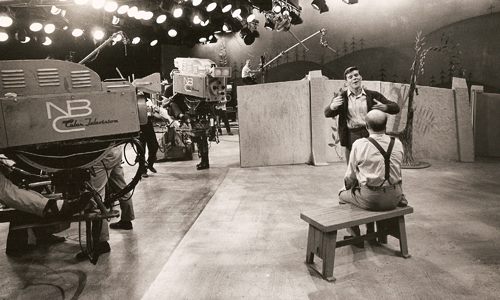

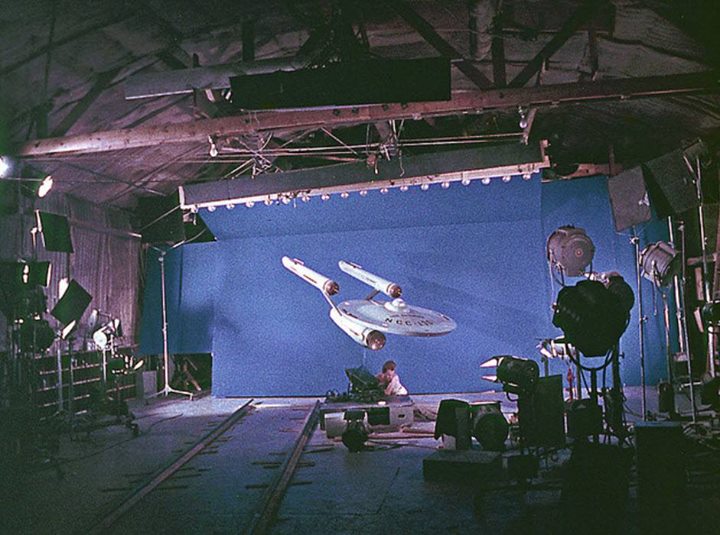

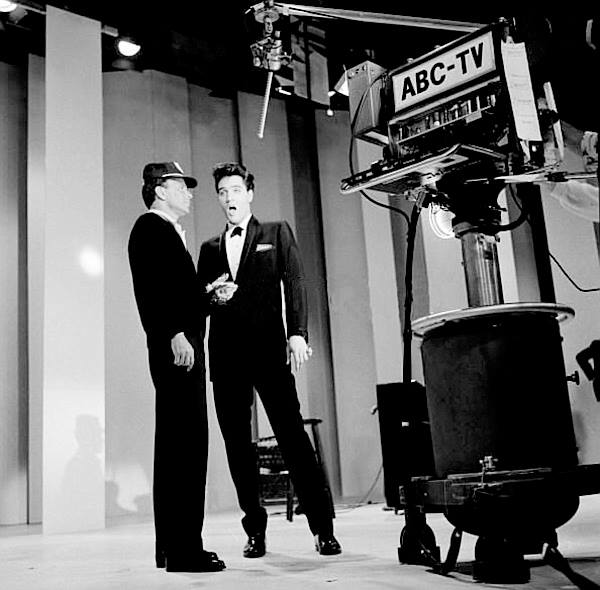

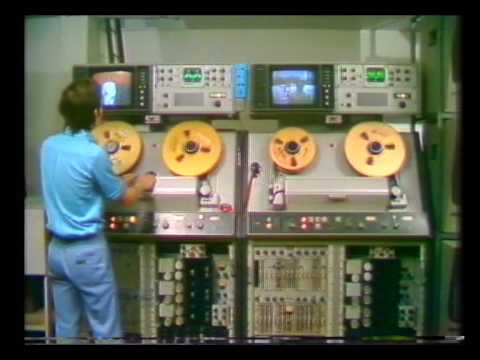

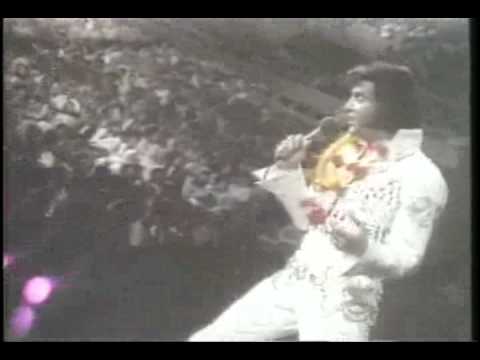

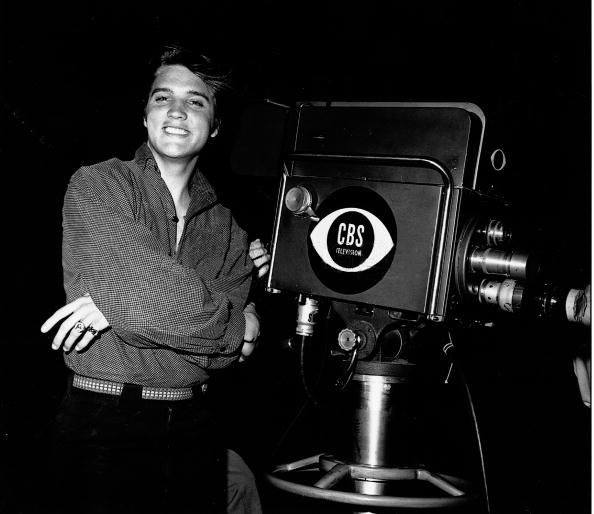

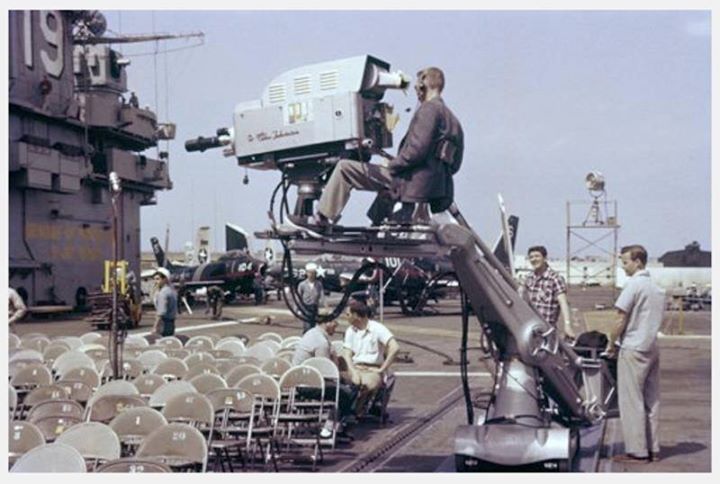



Posts in Category: TV History
Page 65 of 136
« Previous
1
2
3
4
5
6
7
8
9
10
11
12
13
14
15
16
17
18
19
20
21
22
23
24
25
26
27
28
29
30
31
32
33
34
35
36
37
38
39
40
41
42
43
44
45
46
47
48
49
50
51
52
53
54
55
56
57
58
59
60
61
62
63
64
65
66
67
68
69
70
71
72
73
74
75
76
77
78
79
80
81
82
83
84
85
86
87
88
89
90
91
92
93
94
95
96
97
98
99
100
101
102
103
104
105
106
107
108
109
110
111
112
113
114
115
116
117
118
119
120
121
122
123
124
125
126
127
128
129
130
131
132
133
134
135
136
Next » Don Pardo On NBC’s Studio 8H…Remembering It’s Grandeur
On August 20, 2014
- TV History
Don Pardo On NBC’s Studio 8H…Remembering It’s Grandeur
At the link is a very unique perspective on how Studio 8H has changed since the days of radio by none other than NBC best eye witness, Don Pardo.
Below, I have included a diagram of how the 8th floor was laid out in the original 1933 floorplans. When it was built, it was more commonly referred to as “the Auditorium Studio”.
8H was not converted to television until January 30, 1950 but inhouse remotes were done from here as early as November of 1943 with Iconoscope field cameras. Those were ‘The Voice Of Firestone’ radio-TV simulcasts, as is the event in the two photos that are from a 1949 simulcast. Studio 8G was converted in ’48 and the four camera inhouse mobile unit here was switched in the 8G control room.
Enjoy and share! – Bobby Ellerbee


Videotape Ground Zero…A First Hand Account From Fred Pfost
On August 20, 2014
- Archives, TV History
This is a fantastic, first hand account from Ampex videotape team member Fred Pfost of the entire process of creating the VR-1000… the world’s first commercially viable videotape machine.
This is a rare front row seat to one of television’s biggest ever moments and beautifully told by someone who was there. There are details here you will never see anywhere else, so save this historic treasure and share it with you friends! – Bobby Ellerbee
Meet The Men Who Gave Us Videotape!
On August 20, 2014
- TV History
Meet The Men Who Gave Us Videotape!
In the photo, you see the Ampex Videotape Team…the men who created the VR-1000 and revolutionized broadcasting. Pictured with this six man team is the unit Ampex took to Chicago for the legendary demonstration at the 1956 NAB Convention, to the amazement of all who attended.
In today’s next post, you will be able to read the fantastic first hand account of how all this happened by team member Fred Pfost. To give you an idea of what’s coming, here is Fred’s description of the events of the week of the demonstration in which Ampex took almost 100 orders for the $50,000 VR-1000.
“On April 16, 1956 (a Monday) we demonstrated the Mark lV recorder at an NARTB convention (National Association of Radio and Television Broadcasters), today renamed the NAB (National Association of Broadcasters), at the Conrad Hilton Hotel in Chicago.”
“On the Saturday before the convention started (April 14) we demonstrated the recorder for about 300 CBS affiliates meeting at the Conrad Hilton Hotel. I recorded (from behind a curtain) the opening speech of Bill Lodge, V.P. of CBS, who described all the activities that CBS had been involved in during the past year and that he had a big surprise to announce. After I rewound the tape and pushed the play button for this group of executives they saw the instantaneous replay of the speech.”
“There were about ten seconds of total silence until they suddenly realized just what they were seeing on the twenty video monitors located around the room. Pandemonium broke out with wild clapping and cheering for five full minutes. This was the first time in history that a large group (outside of Ampex) had ever seen a high quality, instantaneous replay of any event. My wife, JoAnn, who had accompanied us to Chicago (as a reward from Ampex for her patience during my long overtime hours pursuing this development) and I consider this demonstration one of the most exciting experiences of our lives. The experience still brings tears to my eyes when I recall this event.”
Enjoy and share! – Bobby Ellerbee


Unaired NBC Pardo Tribute Tape From 2004…
On August 20, 2014
- TV History
Unaired NBC Pardo Tribute Tape From 2004…
This is very good and features bits I have never seen before. There’s even a clip of Pardo dropping in on Letterman announcer Bill Windel, and much more. This appears to be from an NBC party in celebration of Don’s 60 years with the company which would have been in 2004. Enjoy and share! – Bobby Ellerbee
Brian Williams, ‘Nightly News’ Tribute To Don Pardo…
On August 20, 2014
- TV History
Brian Williams, ‘Nightly News’ Tribute To Don Pardo…
http://www.nbcnews.com/nightly-news/brian-williams-remembers-nbc-colleague-voice-snl-don-pardo-n184371
Here a shot taken in NBC’s 8H last night as Brian Williams closed the ‘Nightly News’ broadcast with a tribute that was, as you would expect, one of the best ever. In the video linked above, he reminded us that every American has heard Don’s voice over a career that spanned four generations, and started two weeks after D Day. Enjoy and share! – Bobby Ellerbee


What Makes These Two Video Clips So Unusual? Read On!
On August 19, 2014
- TV History
What Makes These Two Video Clips So Unusual? Read On!
Part of the answer is Gene Roddenberry, who was born 93 years ago today.
The other part of the answer is ‘The Lieutenant’ which was the first show Roddenberry wrote and produced. That’s where he first met “Spock and Uhura”…Leonard Nimoy and Nichole Nichols. At the embedded link, you see Nimoy in Episode 22, and at this link, you’ll see Nichole Nichols in her first ever television appearance in Episode 1.
By the way, the lady in the Nemoy clip is Roddenberry’s soon to be wife…Majel Barrett who he married in ’66 after a divorce from his first wife.
‘The Lieutenant’ ran on NBC in the fall of 1963 but only lasted one season. Roddenberry had always loved science fiction, so in 1964 he developed the idea of a new series about space exploration — “a Wagon Train to the stars,” as he described it — and shopped it around to several studios, most of which were uninterested.
Desilu Productions finally expressed an interest, and NBC agreed to run it after two pilots were done. ‘Star Trek’ debuted September 8, 1966. His new wife, Majel Barrett, provided the voice for the Enterprise’s computer. Ratings were never great, and it only aired for three seasons, but it was a huge success in syndication, and has since spawned an animated series, four spin-off live-action TV series, 11 feature films and a worldwide army of “trekkies”. Enjoy and share! – Bobby Ellerbee
https://www.youtube.com/watch?v=5fxJdxL3NJs
(Season 1, Episode 22) In the Highest Tradition http://www.imdb.com/title/tt0631545/ creator :Gene Roddenberry
August 19, 1906…The Father Of Electronic Television Was Born
On August 19, 2014
- TV History
August 19, 1906…The Father Of Electronic Television Was Born
108 years ago today, Philo Taylor Farnsworth was born in Beaver, Utah and by age 14, he had worked out the principles for the Image Dissector tube which occurred to him while plowing back and forth on the family farm.
The video at this link was done by his great granddaughter, Jessica Farnsworth and is full of rare color film of some of Philo’s first demonstrations in San Francisco and Philadelphia and is well worth the ten minutes it takes to watch.
The photo below was taken after Farnsworth’s only appearance on the technology he created. In June of 1957, he was a guest on ‘I’ve Got A Secret’ and this clip is loaded to start at the beginning of his segment. http://youtu.be/3cspYZyGp1A?t=13m21s
The lady is his wife and assistant, Pem Farnsworth. Enjoy and share! – Bobby Ellerbee
Please Join Me In…Remembering Don Pardo
On August 19, 2014
- TV History
Please Join Me In…Remembering Don Pardo
Instead of me posting a lot of clips and history, I would like to invite you to contribute your stories, photos and videos here in the comments section. Let’s make this a celebration of a life well lived!
I’ll start with a brief note on one this photo, one of Don’s first NBC publicity pictures. It was taken in 1944, the year Pardo joined NBC as radio staff announcer. WEAF was not only NBC’s flagship radio station, but the first in New York City, signing on March 2, 1922. In 1946, the call letters were changed to WNBC, then to WRCA in 1954, and back to WNBC in 1960. Thanks to John Schipp for the photo. – Bobby Ellerbee


The End Of An Era…
On August 19, 2014
- TV History
The End Of An Era…
Don Pardo, the Voice of ‘Saturday Night Live,’ Dies at 96
An announcer whose career began with radio and grew with popular game shows like “The Price Is Right,” he was best known for decades of introducing stars on the sketch comedy.


ULTRA RARE! ‘The Match Game’…Unaired Pilot Episode
On August 18, 2014
- TV History
ULTRA RARE! ‘The Match Game’…Unaired Pilot Episode
This was taped in NBC’s 8H on December 5, 1962 with Peggy Cass and Peter Lind Hayes as guest panellist. Gene Rayburn is the host and Johnny Olson the announcer, but as you will see, the game has changed a lot and so have the questions.
In the closing credits, many of the names of those positions that require a credit are blank, but our friend Dick DeBartolo’s name is there. Dick was the man that wrote the questions and when NBC threatened to cancel the show with six weeks left to go on that first season, Dick saved the day.
It was his idea to change the mundane line of questions from things like “name a kind of muffin” to questions that opened up a more risque train of thought, like “Mary has a nice set of ____”. I filled in the blank with “china”…what was your answer? LOL!
‘The Match Game’ debuted on December 31, 1962 with Arlene Francis and Skitch Henderson as celebrity panelists. The final NBC episode was September 26, 1969. Thanks to Paul Duca for finding this. Enjoy and share! – Bobby Ellerbee
https://www.youtube.com/watch?v=CAylZ3jxNdg
Digitally Enhanced 2011
A Real Artifact…’I Love Lucy’ Daytime Debut Date Revealed In Promo Script
On August 18, 2014
- TV History
A Real Artifact…’I Love Lucy’ Daytime Debut Date Revealed In Promo Script
This is the CBS announce booth copy from Monday, December 29, 1958. Finally, we have the date that CBS added Lucy reruns to their morning roster…January 5, 1959. Until now, all we had was a year, but not a date.
‘The Lucy – Desi Comedy Hour’ debuted in November of 1957 and I don’t think ‘I Love Lucy’ reruns had been on the air since late 1957. The last new show of the original series was broadcast May 6 of ’57 and was followed by reruns until the new CBS fall schedule debuted.
The ‘December Bride’ promo reminds us that it too was a Desilu production. Thanks to our friend Gady Reinhold for sharing this with us. You never know where you’ll come across lost pieces of television’s history. Enjoy and share. – Bobby Ellerbee
CBS Broadcast Center…Studio 41, 1975
On August 18, 2014
- TV History
CBS Broadcast Center…Studio 41, 1975
Remember ‘Beacon Hill’? I didn’t think so…it was a huge waste of time and money for CBS. This was basically “borrowed” version of ‘Upstairs, Downstairs’ about a wealthy 1920s Boston family and their Irish servants. The show lasted less than a season, but did leave behind some interesting photos that were taken by our friend Gady Reinhold.
Studio 41 is the largest of the Broadcast Center studios at over 8,100 square feet. In these shots we see four or five Norelco PC60, dual cabled cameras, at work with one on a Chapman Elektra crane. A couple of the PC60s have the plastic viewfinder hoods that were made in the BC prop shop.
I never knew that Robert Stigwood and RSO was involved in television but they are listed as the producers. Enjoy and share! – Bobby Ellerbee
The Photo And The COLOR Video…’Hallmark Hall Of Fame’
On August 18, 2014
- TV History
Ultra Rare! The Photo And The COLOR Video…’Hallmark Hall Of Fame’
On October 18, 1964, Hallmark’s production of the popular Broadway musical “The Fantasticks” came to television. At the link above, the video is cued to start at the head of this scene in the photo that shows John Davidson speaking to his father, who is played by Bert Lahr.
This was done live to tape at NBC Brooklyn. Although videotape could be edited then, it was still done manually by splicing so the prefered method was still to go live in the east and tape for the west, just like in the kinescope days.
‘The Hallmark Hall of Fame’ debuted on Christmas Eve 1951, with the world premiere of “Amahl and the Night Visitors” on NBC TV. Until 1955, the production schedule was near frantic with an average of 40 new presentations a year. In 1954, the show began color broadcasts and in 1956, it went to a bi monthly format with six or seven shows a year.
The Hallmark anthology series was one of the highest rated and most awarded in television history. For nearly three decades the series was broadcast by NBC, but the network cancelled it in late 1978 due to declining ratings. Since then, the series has been televised by CBS from 1979 to 1989, then on ABC from 1989 to 1995, then CBS again from 1995 until 2011, when that network cancelled the series due to low ratings. As of 2014, the series has earned 80 Emmys, 9 Golden Globes, 11 Peabody Awards and many others.
Thanks to Paul Duca for finding the video. Enjoy and share!
– Bobby Ellerbee
Wonder Where This Is Now? Try The Smithsonian…
On August 17, 2014
- TV History
Wonder Where This Is Now? Try The Smithsonian…
Here’s clip of the original Starship Enterprise model behind glass at it’s permanent home in Washington.The original filming model from the ‘Star Trek’ television series has resided at the Smithsonian National Air & Space Museum in Washington, D.C. since it was donated it in 1974.
NBC considered the fist pilot “The Cage”, too cerebral, but liked the space angle and ordered another pilot. “Where No Man Has Gone Before” was the second pilot episode. Reportedly, Lucille Ball, who owned Desilu Studios, persuaded NBC management to consider a second pilot, thereby exercising a special option agreement it had with Desilu, because she liked Gene Roddenberry and believed in the project.
“Where No Man Has Gone Before” was written by Samuel A. Peeples, directed by James Goldstone, and filmed in July 1965. It was the first episode of ‘Star Trek’ to feature William Shatner as Captain James Kirk, James Doohan as Chief Engineer Montgomery Scott, and George Takei as Lt. Sulu. The episode title was adopted as the final phrase in the opening voice-over which characterizes the series. Enjoy and share! – Bobby Ellerbee
Sinatra Welcomes Elvis Back From The Army…
On August 17, 2014
- TV History
Sinatra Welcomes Elvis Back From The Army…
At the link above is a very memorable duet…Frank is singing “Love Me Tender” and Elvis is singing “Witchcraft” and they merge beautifully!
On March 26, at 6.15pm, taping for the ‘Frank Sinatra Timex Special…Welcome Home Elvis’ took place at the Fontainebleau Hotel in Miami. It was Presley’s first appearance on television in over three years, and his first serious performance since 1957, making Presley nervous about how he would be received.
Colonel Parker, perhaps due to nerves of his own, had arranged for as many Presley fans as possible to fill the audience, although at least half of it was still made up of middle-aged Sinatra fans. For the occasion, to fit in with Sinatra’s “rat pack” persona, Presley wore a tuxedo.
On July 15, 1959 it was announced that Presley, upon his release from the Army, would be making his first television appearance on Frank Sinatra’s fourth and final Timex-sponsored variety show. For the special, Presley would receive $125,000, an unheard of sum at the time for a single television appearance. Sinatra was not happy about the amount, knowing full well that even he was not being paid that much for the show, but he played along knowing that Presley’s appearance would attract huge ratings for his show… something that his three previous specials had failed to do.
The show aired nationally on ABC-TV on the evening of May 12, 1960 between 9.30 and 10.30pm and drew approximately 68% of the overall television audience. To put that into perspective, the second rated show in that timeslot, NBC’s ‘Ernie Ford Show’, featuring Johnny Cash and Groucho Marx, pulled in an audience share of just 21%. Enjoy and share! – Bobby Ellerbee


Ikegami’s First Full Size Color Studio Cameras…The TK301
On August 17, 2014
- TV History
Ikegami’s First Full Size Color Studio Cameras…The TK301
This Australian studio tour gives us a very rare look at the first Ikegami color studio camera. These are the TK301 A models which came a year or so after the 301s were first deployed by Japan’s NHK Network to cover the 1972 Winter Olympics in Sapporo, Japan.
Although this station has some of the first ENG cameras in Australia, which you’ll see near the end, these Ikegami 301 A studio cameras were not new when this was shot in and probably came out in early 1974.
By February of 1975, Ikegami’s TK355 was on the market (see add in Comment section below) with a new one inch Plumbicon tube. The 301s and 355s were the only two “TK” models Ikegami ever had and the designations changed to the “HK” for studio cameras and “HL” for ENG cameras around 1976. HK was for Handy Kamera and HL for Handy Lookie.
There is more interesting gear that a lot of you worked with here so enjoy this and share! – Bobby Ellerbee
https://www.youtube.com/watch?v=AvSbNm9vJW0
DDQ 10 Studio Tour Tape for 1982


NBC’s David Brinkley Breaks The News On Television…
On August 16, 2014
- TV History
NBC’s David Brinkley Breaks The News On Television…
In the late afternoon of August 16, 1977, scattered radio reports began to surface on the death of Elvis Presley. It was after 4PM Eastern time when news reports began to confirm the rumors. Many didn’t know till they got home and watched the evening news. Here is the start of that night’s broadcast on NBC.
Do you remember where you were when you heard the news?
Elvis Fourth National Show…Ed Sullivan
On August 16, 2014
- TV History
Elvis Fourth National Show…Ed Sullivan
Although at first, Ed Sullivan said he would never want Elvis on his show, but Sullivan changed his mind when ‘The Steve Allen Show’ with Elvis as a guest had about twice as many viewers as Sullivan’s show that night (they were competing for the same audience since they were in the same time slot).
After negotiating with Elvis’ manager, Ed Sullivan paid Elvis the huge sum of $50,000 for appearing on three of his shows: September 9, 1956, October 28, 1956, and then on January 6, 1957.
For the first show, Elvis was actually at Television City in Hollywood and two of the photos below were taken in Studio 33. His performances that night were fed live to Studio 50 in New York where Sullivan should have been, but wasn’t. Sullivan had been in a car crash and was in the hospital…actor Charles Laughton filled in as host that night and here is Laughton introducing Elvis that night.
The reason Elvis did the show from Hollywood is because the date coincided with the opening of his first movie, ‘Love Me Tender’.
Elvis’ first appearance on The Ed Sullivan Show was a major success. Over 60 million people, both young and old, watched the show and many people believe it helped bridge the generation gap for Elvis’ acceptance into the mainstream.
He returned to New York on October 25 in preparation for his second appearance on the Ed Sullivan’s show on Oct. 28. Below is a photo of Elvis, Nick Adams and Natalie Wood at a few days later at a NY theater seeing ‘The Last Wagon’ in which Adams co starred.
Elvis’ third and final appearance on Sullivan’s show on January 6, 1957, contains the legendary moments when the CBS censors would not allow his entire body to be shown. Seen only from the waist up, Elvis still put on an exciting show, singing seven songs in three segments. In one segment, Elvis and the Jordanaires sang ‘Peace in the Valley’, which Elvis dedicated to the earthquake victims of Eastern Europe.
Sullivan closed the show with a seal of approval for this new family-friendly version of Elvis, saying, ‘This is a real decent, fine boy. We’ve never had a pleasanter experience with a big name’. This was Elvis last television appearance until the Frank Sinatra Special on his return from the Army. When the show was over, Elvis boarded the midnight train to Memphis, where on Tuesday, Jan. 8, he celebrated his 22nd birthday. Enjoy and share! – Bobby Ellerbee
Elvis Presley’s Second Television Show…’The Milton Berle Show’
On August 16, 2014
- TV History
Elvis Presley’s Second Television Show…’The Milton Berle Show’
In the clip above, you can see the debut of “Blue Suede Shoes” that Elvis performed from the deck of the aircraft carrier, the USS Hancock in San Diego on April 3, 1956. Below is a picture of one of four RCA TK41s there to shoot it in color.
Following the six week stint on ‘The Dorsey Brothers Stage Show’,
Elvis’ next television appearances were on ‘The Milton Berle Show’ on April 3 and June 5. 1956. On April 3, he opened with “Heartbreak Hotel”. Still in in San Diego, Elvis performs concerts on April 4 and 5. Later the San Diego Police Chief announces that if Elvis Ever returns to his city and performs in the way that he did…he will be jailed for disorderly conduct.
Elvis’ second appearance on ‘The Milton Berle Show’ was on June 5 at the NBC Studios in Hollywood as we see below.
Some call this one of his most controversial performances. It was also Elvis at his best. The next day, the press nicknamed him ‘Elvis the Pelvis’. Many described his act by comparing it to a striptease. Jack Gould of The New York Times declared, “Mr. Presley has no discernible singing ability”, while John Crosby of the New York Herald Tribune called Elvis “unspeakably untalented and vulgar”.
About 10 days later, Berle called Colonel Parker to tell him that based on the ‘hundreds of thousands of ‘pan’ letters’ he had received following the show that “you have a star on your hands”.
Enjoy and share! – Bobby Ellerbee


Elvis Presley’s Television Debut…’The Dorsey Brothers Stage Show’
On August 16, 2014
- TV History
Elvis Presley’s Television Debut…’The Dorsey Brothers Stage Show’
Most think that Elvis made his television debut on ‘The Ed Sullivan Show; but actually, this was his first nationwide appearance…over seven months before his first Sullivan show. Coincidentally, both the Dorsey and Sullivan shows came from CBS Studio 50.
Between January 28 and March 24, 1956, Presley appeared on the Dorsey brothers’ show six Saturday nights in a row. This video is Elvis Presley’s television debut on January 28th.
The four appearance contract, which was negotiated by the William Morris Agency, contained an option for two more appearances. When they were later picked up, Presley’s fee was raised from $1,200 per show to $1,500 per show.
Elvis was respectful of Tommy Dorsey when the two met for rehearsals at New York Nola Studios before Presley’s initial January 28 appearance. At the rehearsal, Jackie Gleason, who produced the Dorsey show said, “I don’t like this guy.” Dorsey disagreed. “I like his kisser,” he told Gleason. “Don’t worry about him. He’s going to be one of the biggest names in show business in a short time.” Dorsey knew talent when he saw it.
There was some irony in Tommy Dorsey providing Elvis a national stage to build his popularity. Presley would soon surpass Dorsey as the biggest-selling recording artist in RCA history. Still, Tommy Dorsey remained an advocate for Elvis.
“I don’t particularly care for his type of music,” Dorsey told a reporter in Charlotte, “but that’s the teen-agers’ choice and if they like it we’ll give it to them. Only time will tell if he has any lasting qualities. The kids want Elvis now and they should be able to have him.”
Enjoy and share! – Bobby Ellerbee
http://www.dailymotion.com/video/xu6tjv_19560128-elvis-presley-dorsey-brothers-stage-show-1_musicElvis Presley’s 1st National Television Appearence
Page 65 of 136
« Previous
1
2
3
4
5
6
7
8
9
10
11
12
13
14
15
16
17
18
19
20
21
22
23
24
25
26
27
28
29
30
31
32
33
34
35
36
37
38
39
40
41
42
43
44
45
46
47
48
49
50
51
52
53
54
55
56
57
58
59
60
61
62
63
64
65
66
67
68
69
70
71
72
73
74
75
76
77
78
79
80
81
82
83
84
85
86
87
88
89
90
91
92
93
94
95
96
97
98
99
100
101
102
103
104
105
106
107
108
109
110
111
112
113
114
115
116
117
118
119
120
121
122
123
124
125
126
127
128
129
130
131
132
133
134
135
136
Next »